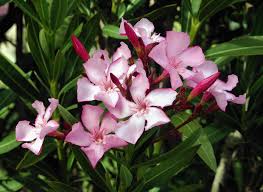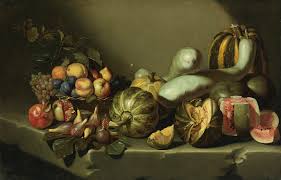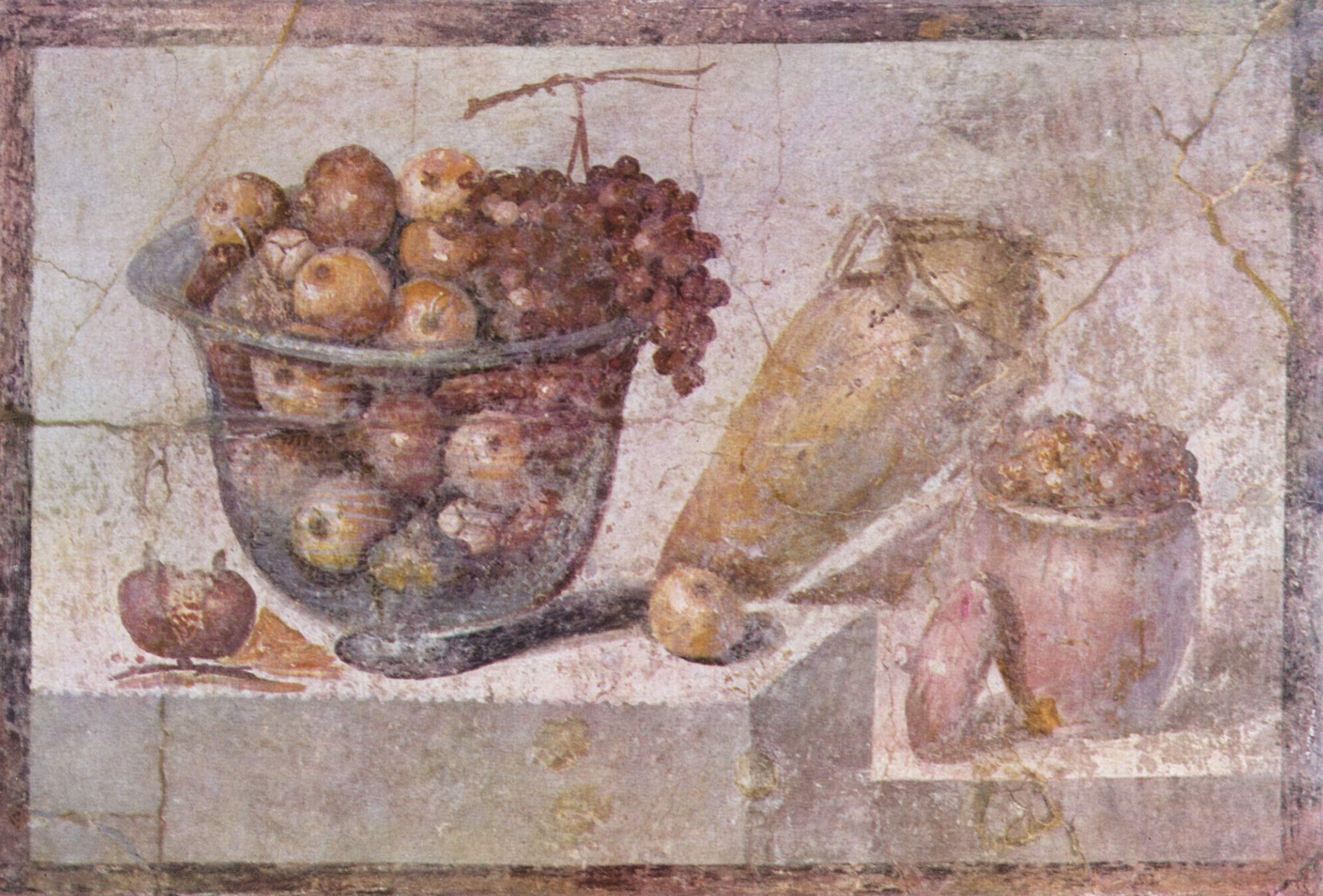This article gives information about Ancient Roman Plants and Vegetation.
Ancient Roman Vegetation
With the help of the findings in the excavations and the archaeological researchers along with the ancient sources, we can identify the ancient Roman plants and the ancient Roman vegetation that was cultivated in early Rome. Roman gardens and the orchards and the way they were maintained by the Romans were discovered from the evidence that the archeologists found during the excavations.

Roman gardens and their plants
The Roman gardens were the sources of vegetables, fruits, and herbs for the household. The archaeological remains and the ancient source material can be interpreted to recreate the layouts of the gardens and the variety of plants which was very commonly seen in Roman gardens.
Ancient Roman Herbs and Flowers
A wide variety of flowers and plants was the peculiarity of the Roman gardens. Essential herbs which were used for the cooking and medicinal purposes were one of the prime cultivations in the Roman plants. Herbs like thyme, savory, basil, celery seed, mint, and hyssop were some of the popular herbs that were planted by the Romans.

Not only herbs, the but a wide range of flowers such as roses, oleanders, narcissus, violets, gladioli, crocus, iris, wildflowers, poppy, lily, and amaranth were commonly found in the Roman gardens. The plantations that needed more efforts, such as myrtle, yew, acanthus, box, and Ivy were found in a bit complex gardens. In Egypt, lotus and papyrus plants were very commonly found.
Ancient Roman Plants
A variety of plants which were more familiar with those in the US, like barley, wheat, lentils, chickpeas and other vegetables were also cultivated in Roman Empire. Not very far but in Egypt, cultivations of wheat were found on large scale. Romans used to import wheat from Egypt during the rule of Rome.

Wheat was also used for making beer. Though Egypt is the only country in the Mediterranean, where people drank beer, beer made from wheat had become famous in various other parts of the Roman rule.
Ancient Roman Vegetables
Ancient Roman vegetation included beans, olives, and peas which were grown in Italy. The vegetables like broccoli, artichokes and leeks and asparagus were imported by the Romans. The lower class client included beans and peas in their meals.

These beans and peas were either sold dried, in the tabernacle or were sold hot by the street vendors. Cabbage was another prime component of Roman diet since Romans believed that it prevents drunkenness, protects from diseases like plague and cure paralysis.
Garlic was also an important ingredient of Roman meals which was mostly given to the soldiers to give them courage. Beans, peas, chickpeas, lentils and other legumes were used as cattle food.
In the Roman vegetation, The Lettuce and Mallow were also cultivated. Lettuce was used as laxative whereas Mallow leaves were good for digestion. Olives formed a prominent portion of the Roman food and were either eaten with food or plain. Olive oil was used in food preparation as well as in lamps.
Ancient Roman Fruits
Fruits and dried fruits also were a major component of the ancient Roman vegetation. Lemons, dates, oranges, cherries, apricots were initially imported from other countries but later were cultivated in Rome as well.

Romans used to eat raw fruits. They used to dry them, preserve and cook them with other ingredients. They used to dry fruit for use in winter.
More info on- Roman Fast food, Cake, Recipes




